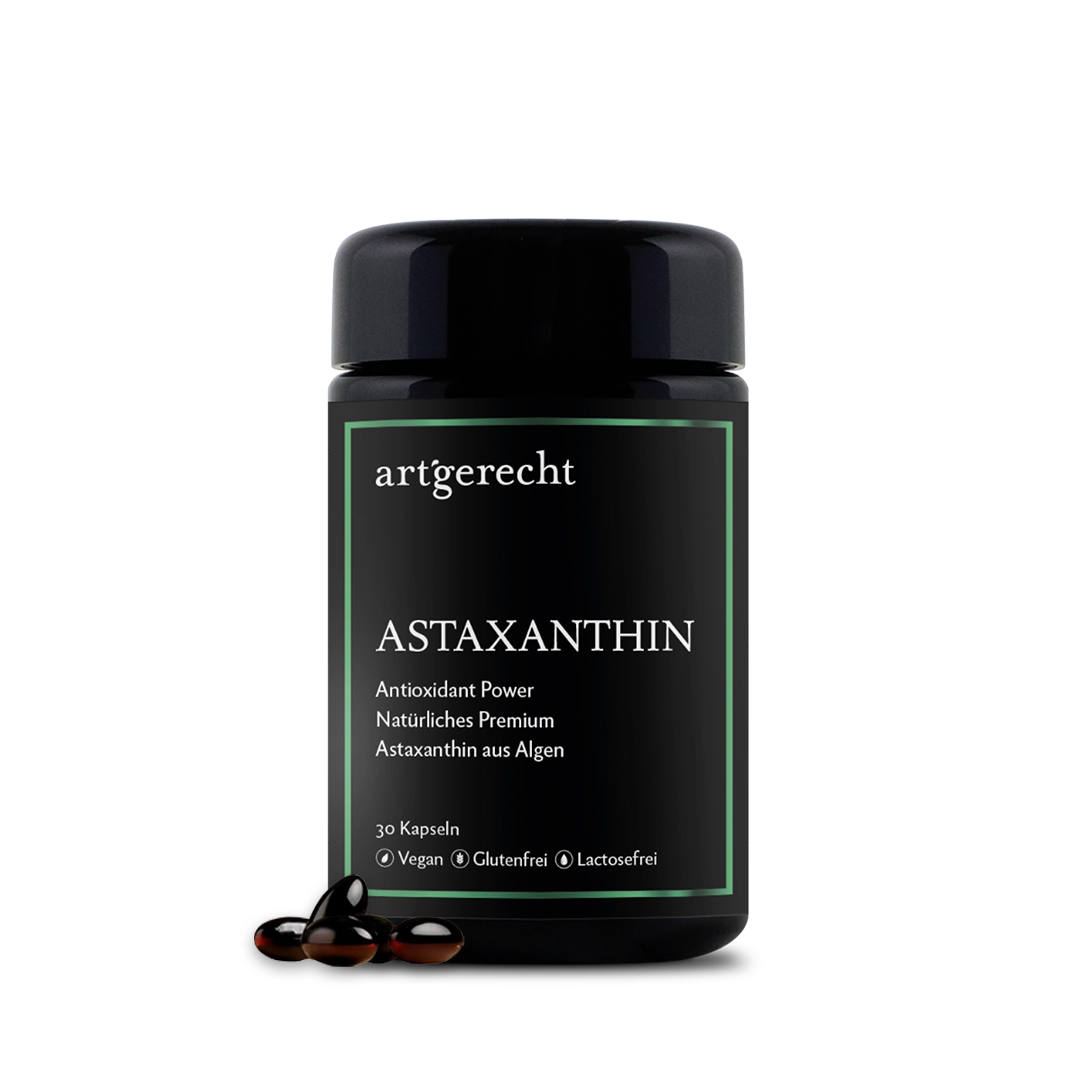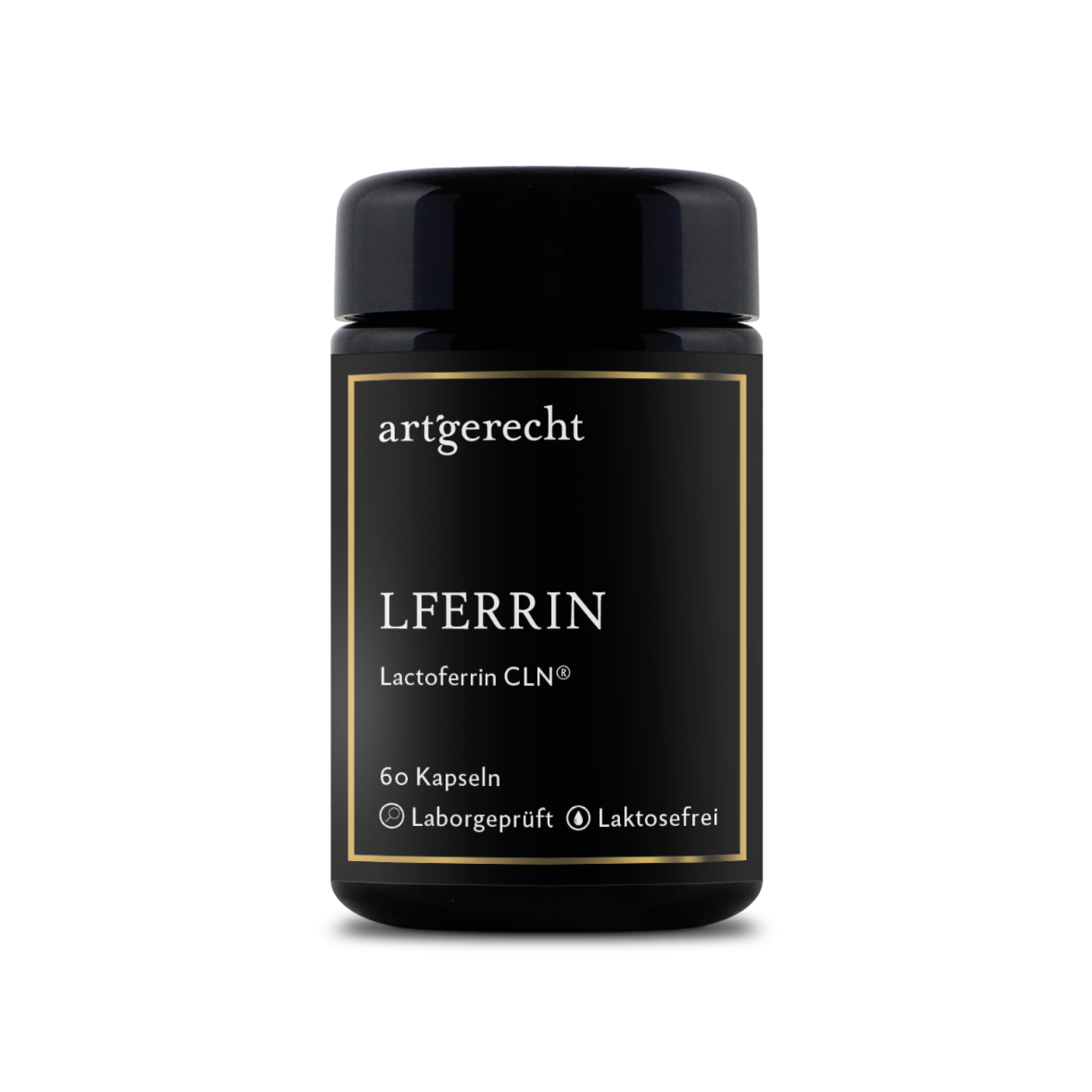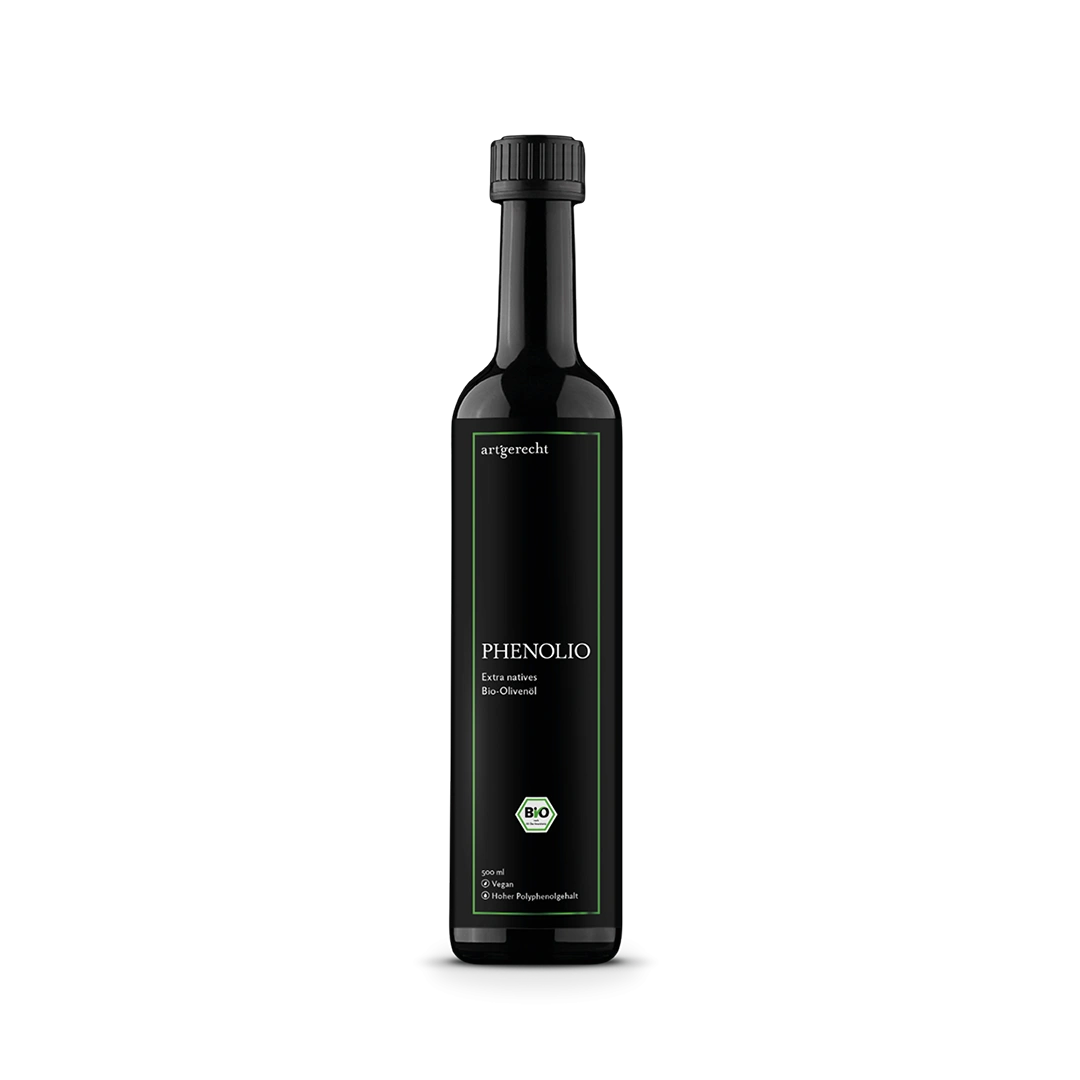

Secondary plant substances - effects, groups & benefits
Secondary plant substances protect against oxidative stress & support health. Find out more about their effects, groups & use in nutrition.
Interested in regular tips & information about health? Interested in regular tips & information about health?Wissenswertes über "Secondary plant substances"
Secondary plant substances are natural bioactive compounds that are produced by plants but are not directly involved in growth or energy production.
Secondary plant substances protect plants from predators, diseases and UV radiation or help to attract pollinators. Although these substances are not essential for humans, they have numerous health-promoting effects, which is why they are receiving more and more attention in research and nutrition.
The most important groups of phytochemicals include flavonoids, carotenoids, glucosinolates, phytosterols, saponins, polyphenols and tannins. They are found in fruit, vegetables, pulses, herbs, spices, nuts and wholemeal products. Their concentration depends on the plant, its variety and the environmental conditions.One of the outstanding properties of phytochemicals is their antioxidant effect. They protect the cells from oxidative stress by neutralising free radicals caused by environmental pollution, UV rays or the natural metabolism. As a result, they help toprevent chronic diseases such as cardiovascular diseases, diabetes, cancer and neurodegenerative diseases.Flavonoids, found in berries, citrus fruits and green tea, are known for their anti-inflammatory and vasoprotective properties. Carotenoids, which are found in carrots, tomatoes and peppers, promote eye health and support the immune system. Polyphenols, such as oligomeric proanthocyanidins (OPC) from grape seeds, have a particularly strong antioxidant effect and can slow down skin ageing and promote vascular health. Substances such as lactoferrin and astaxanthin, which are increasingly being used in conjunction with phytochemicals, also support their effects by enhancing their antioxidant and anti-inflammatory effects.
In addition to their health benefits, phytochemicals also influence the taste, colour and aroma of food. For example, they provide the bright colours in fruit and vegetables or the bitter substances in coffee and cocoa.
A varied, plant-rich diet is the best way to benefit from the positive effects of phytochemicals. Five portions of fruit and vegetables a day - preferably in different colours - are considered the ideal basis for absorbing a variety of these substances. Supplements containing concentrated phytochemicals can also be useful, especially if you are looking for specific health benefits.
Secondary plant substances make a valuable contribution to the prevention of diseases and the promotion of health. They are a key component of a balanced diet and emphasise the importance of a plant-rich diet for well-being.Verwandte Produkte
Antioxidant Power Deluxe
High-purity Astaxanthin, derived purely from algae, for natural skin protection and anti-aging effects.For your universal protection
As one of the most valuable proteins in the body, lactoferrin is a natural component of the immune system.Organic Olive Oil with High Polyphenol Content
PHENOLIO is our premium olive oil with an exceptionally high concentration of polyphenols.Die neusten Einträge
3 Posts in this encyclopedia categoryLady’s Mantle
Die meistgelesenen Einträge
3 Posts in this encyclopedia categoryLactoferrin CLN®
Cologne list
Verwandte Suchbegriffe: Secondary plant substances + plant substances



